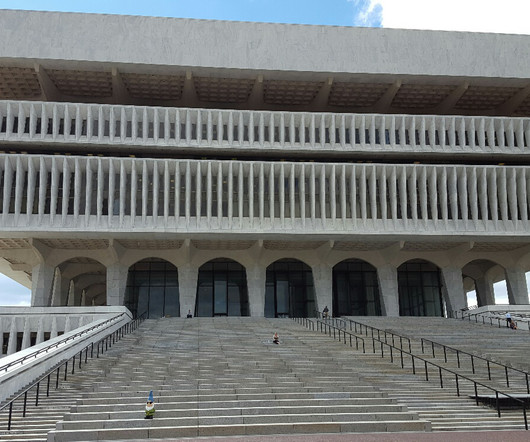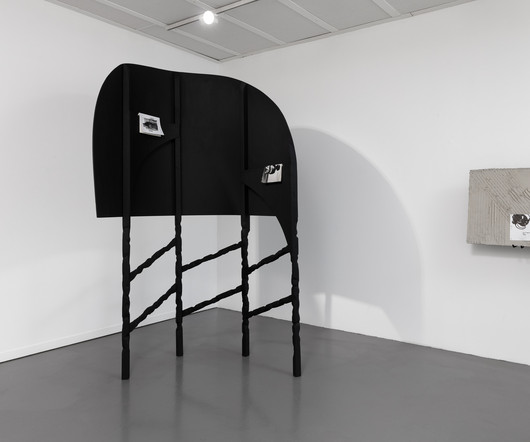If I was teaching Social Studies today…
Dangerously Irrelevant
MAY 31, 2017
We’d also have access to historical documents from the British Museum – such as notes from an English merchant in Syria in 1739 – and to the prisoner of war archives from the Red Cross. We could participate in a number of free Massively Open Online Courses (MOOCs), including over a dozen on Chinese History from Harvard University.












Let's personalize your content